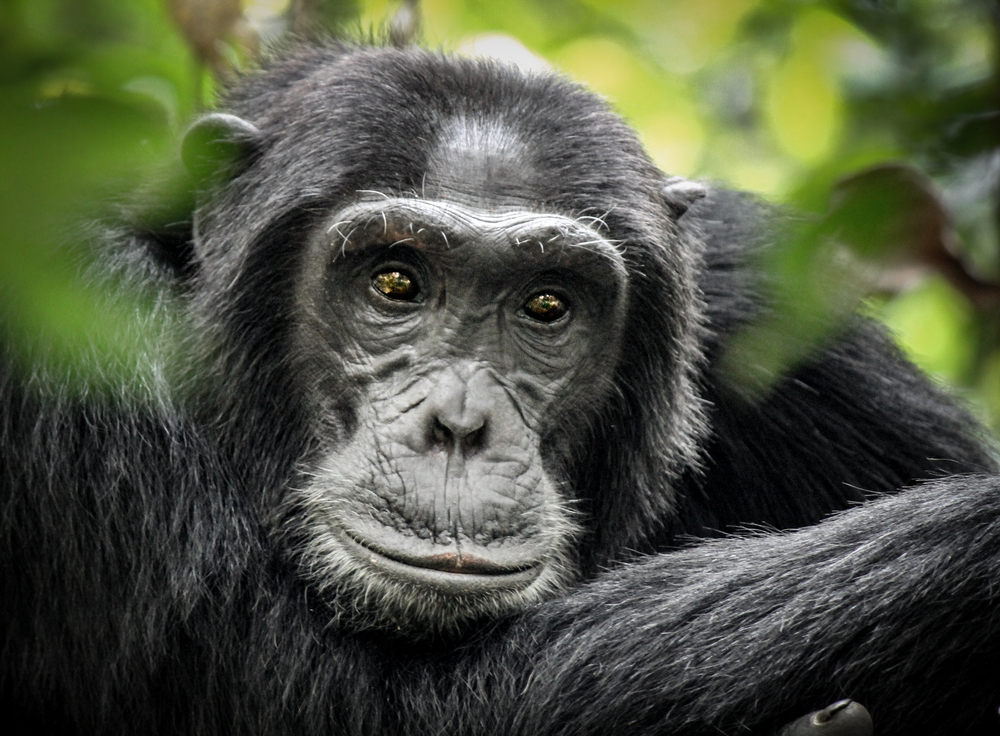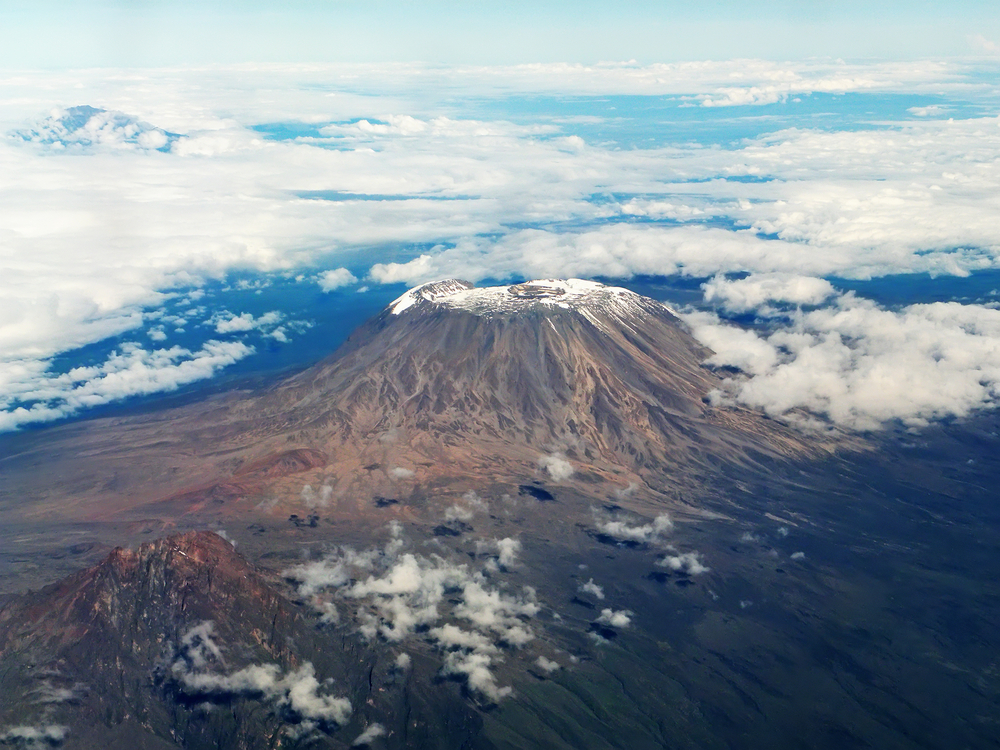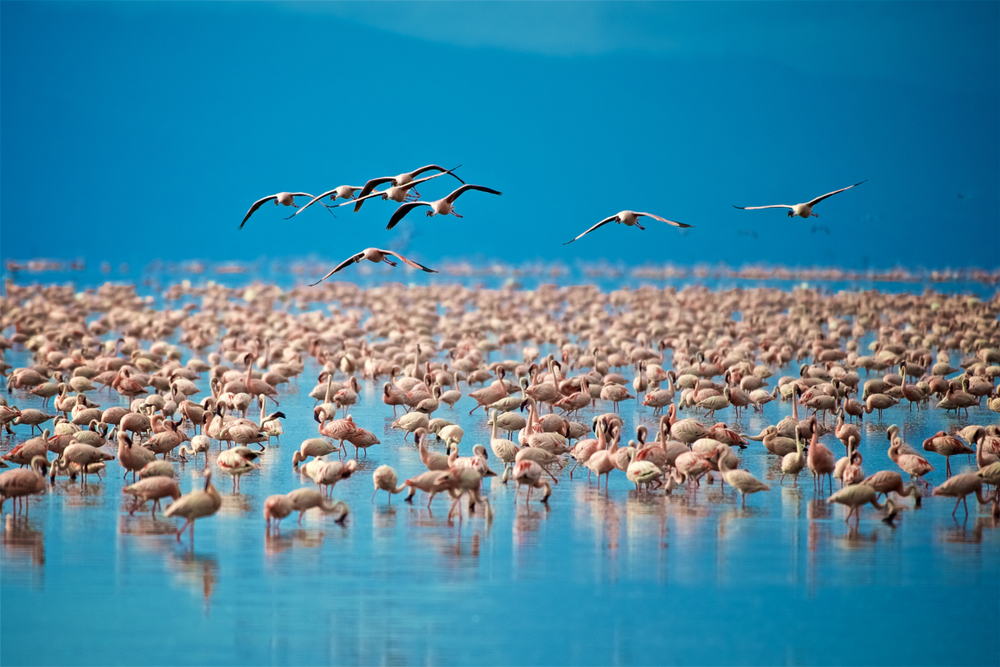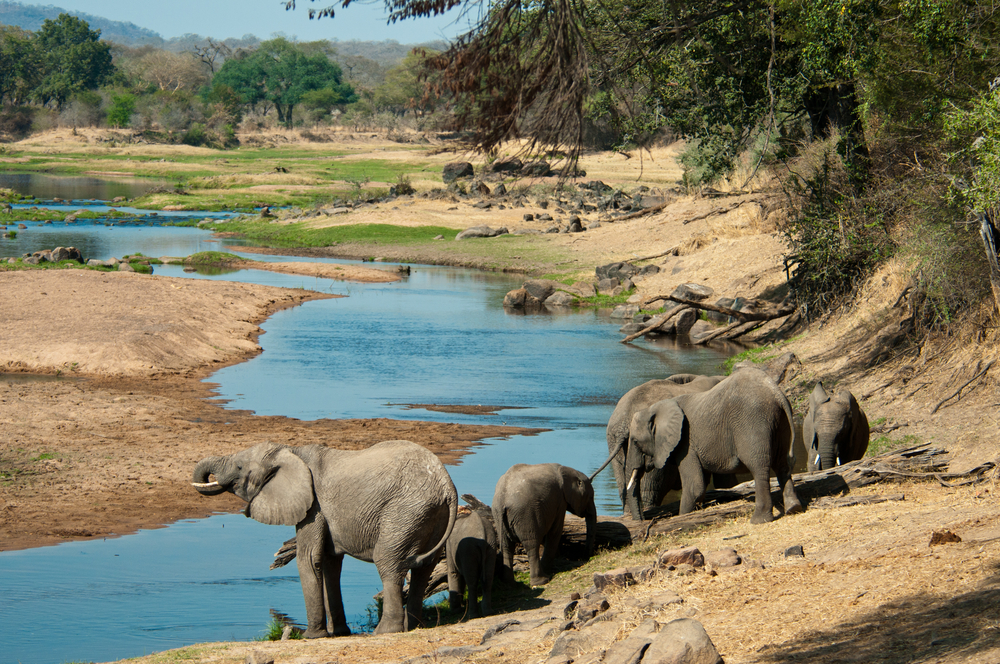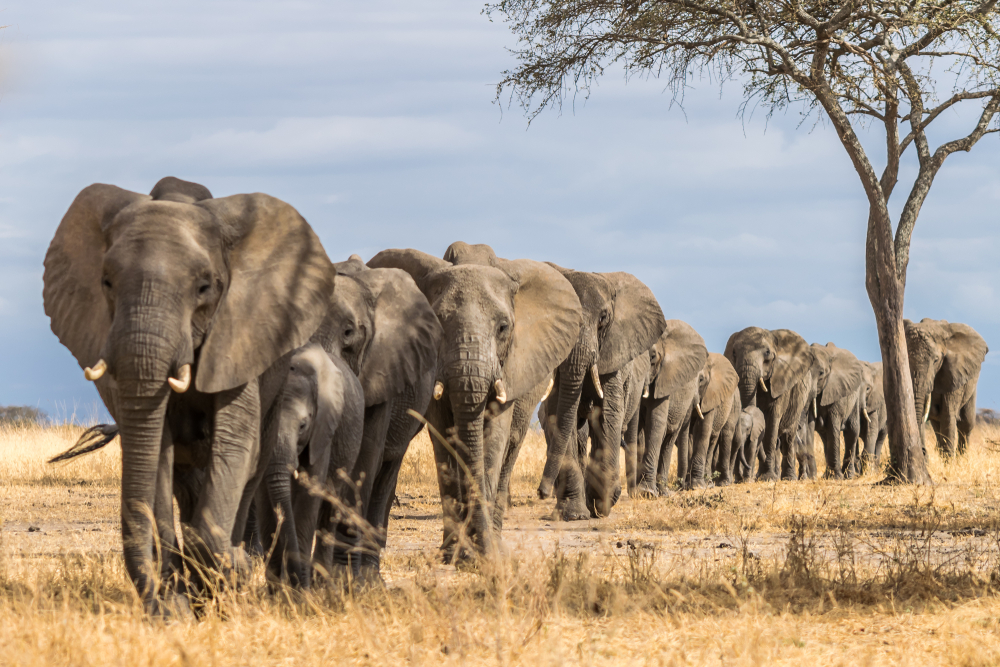Ibanda-Kyerwa Overview
Ibanda-Kyerwa National Park, known locally as Hifadhi ya Taifa ya Ibanda-Kyerwa, is a hidden treasure in the Kagera region of northwestern Tanzania, near the borders of Uganda and Rwanda. Established in 2019, this emerging park spans approximately 200 square kilometers (77 square miles) and is characterized by its pristine landscapes, lush woodlands, and thriving wildlife. Despite being one of Tanzania’s lesser-known national parks, Ibanda-Kyerwa offers an untouched wilderness perfect for adventurous travelers seeking solitude and authentic wildlife experiences.
The park’s gently rolling hills and verdant savannahs form a captivating landscape that is interspersed with seasonal rivers and tranquil waterholes. Though there are no towering mountains or grand waterfalls, the scenic beauty of Ibanda-Kyerwa lies in its quiet plains and lush riverine forests, where wildlife and natural beauty blend harmoniously. The Kagera River, one of the key features of the park, winds gracefully through its territory, providing a lifeline for the flora and fauna that thrive in this remote wilderness.
Ibanda-Kyerwa National Park is known for its remarkable wildlife diversity. Visitors can expect to see large herbivores such as African buffaloes, topis, and eland grazing the open plains. Other species such as bushbucks, warthogs, and waterbucks are common sights, especially near the park’s seasonal water sources. The park is also home to elusive predators, including leopards and spotted hyenas, which patrol the woodlands and savannah in search of prey.
The park is a haven for birdlife, boasting over 200 recorded species that make it a rewarding destination for birdwatchers. Vibrant species such as the African fish eagle, grey-crowned crane, and kingfishers can be observed near the riverbanks, while the park’s savannahs and forests echo with the calls of various songbirds and raptors. The Kagera River and its surrounding wetlands also provide critical habitats for migratory and resident waterbirds.
Ibanda-Kyerwa National Park plays a significant role in Tanzania’s conservation efforts. Its establishment was part of a broader initiative to protect critical ecosystems and expand Tanzania’s network of protected areas. By securing these pristine habitats, the park helps preserve the region’s biodiversity, protect wildlife from poaching, and promote sustainable tourism. The Tanzania National Parks Authority (TANAPA) actively manages the park, focusing on habitat restoration, wildlife monitoring, and engaging local communities in conservation practices.
Visitors to Ibanda-Kyerwa National Park can enjoy a variety of activities, including game drives, birdwatching, and nature walks. The park’s vast open plains and woodlands make it ideal for safaris, where visitors can observe animals in their natural habitats while experiencing the tranquility of the remote wilderness. The Kagera River also offers scenic boat tours, providing opportunities to view aquatic birds and wildlife along its banks.
In summary, Ibanda-Kyerwa National Park is a serene and unspoiled destination, celebrated for its scenic landscapes, diverse wildlife, and critical conservation role. Its peaceful setting and emerging eco-tourism opportunities make it an ideal escape for nature lovers and adventurous travelers looking to explore Tanzania’s hidden gems.











































































